The medieval town of Bardejov is a great place to use as a base for further wooden church exploration; it even has its own museum, with icons that come from those churches.
We have discovered another real gem in Slovakia. Having moved ever further east, and north, we have arrived in Bardejov, not far from the Polish border. This is a lovely town, with ancient walls tastefully restored, including several bastions on the wall. Immediately outside the old town, as part of attractive landscape design, there is a spacious park and even a fountain illuminated by coloured lights, dancing on classical music – not even in Bratislava have we seen such a thing! Perhaps here public money is actually used for things public?
The biggest attraction, though, is the nicely patched up Medieval stare mesto – main square. On one side is the huge Gothic basilica, which contains a whole range of 15th Century side altars, the ones that can be closed and have been painted on two sides. An old wooden door leads to narrow stairs into the tower and to an outside balcony, from where we have a brilliant view over town, and especially over the square.
Back down we look at the square in detail, many beautifully restored houses in pastel colours, some decorated with paintings, or stucco. In the middle of the square is the townhall, distinctly German in origin, and testimony to the large Saxon influx this area, too, experienced in the Middle Ages. (Which, like in many Spis towns, created a problem when, during the war, the Jewish population was led away, and murdered, whilst immediately after the war, the people of German origin were expelled.)
And at the other end of the square, the Icons museum. This touches on one of the main reasons to come this far, the wooden churches (more wooden churches!) of Ruthenia. Ruthenia, or the Rusyn region, is yet another non-administrative, but ethnically determined region, this one originally covering parts of Poland, Czech Republic, Slovakia and Romania, with the largest part in Ukraine. The Rusyns, historically a hill-dwelling peasant population, speak their own language, Rusyn, and more importantly, they had their own church, Greek-Catholic. Indeed, a church linked to the Roman Catholic church, but with all the hallmarks of the Eastern Orthodox church. Icons, for instance. Of which the museum in Bardejov has a fabulous collection, from 16th Century onwards, many of them taken from the small churches in the surroundings, for preservation and protection. I wouldn’t have icons at home, but I do like their intricate details and artistic quality, or sometimes the lack thereof – getting the proportions completely wrong, for instance. There is more on the museum here.
The local tourist information office is extremely well organised. They have a map of the wooden churches in the area around Bardejov, and because they know just as well as we do, that it is sometimes difficult to find the key to the churches, they have included contact telephone numbers on the map. This cannot go wrong anymore! Let’s explore the wooden churches!

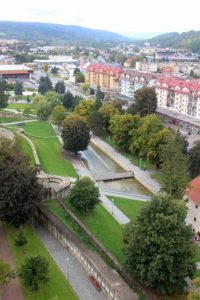
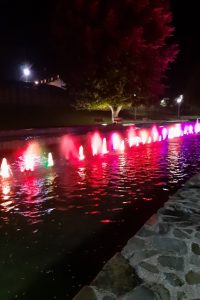
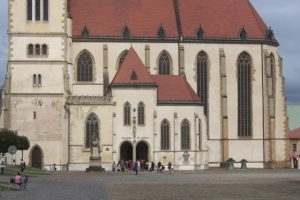
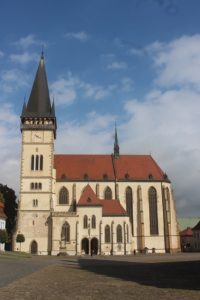
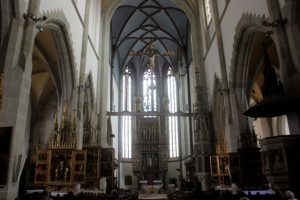
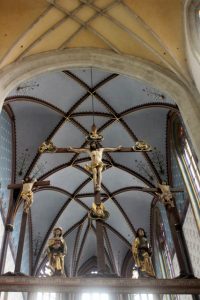
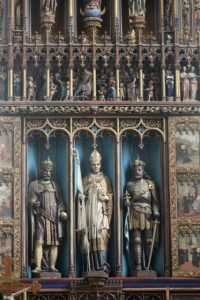
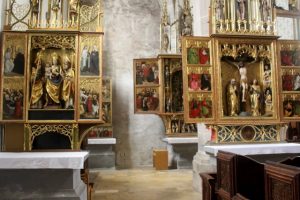
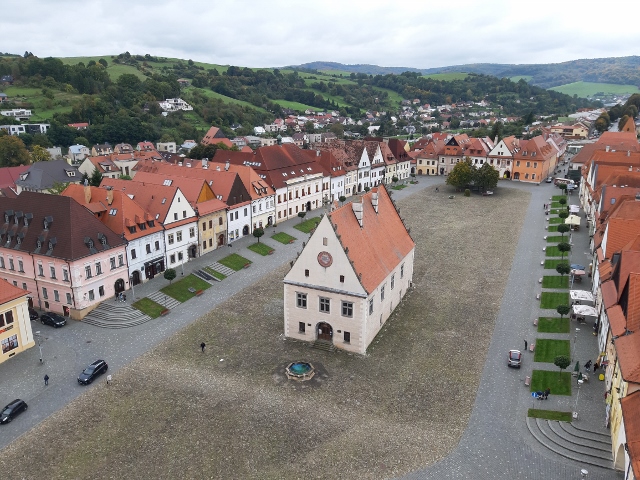

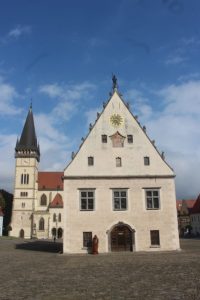

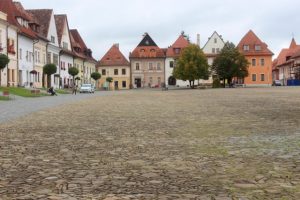
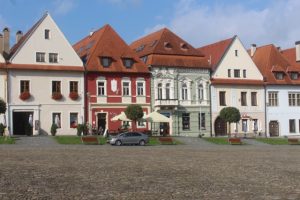
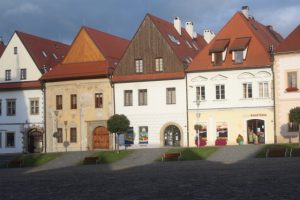
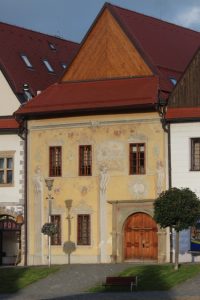
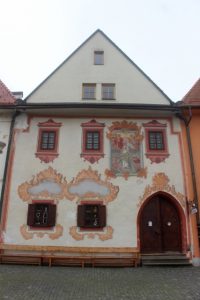

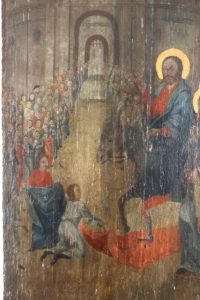
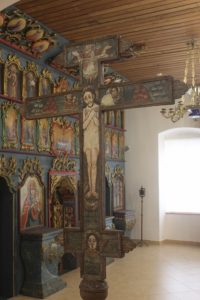
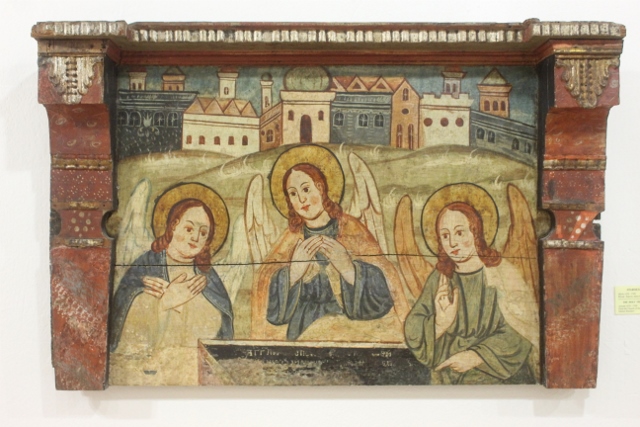
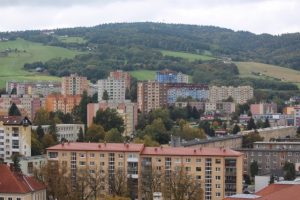










For me, Bardejov is one of the most beautiful cities in Slovakia.